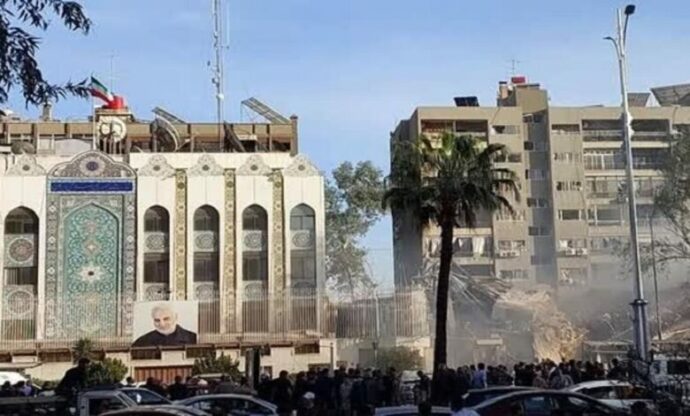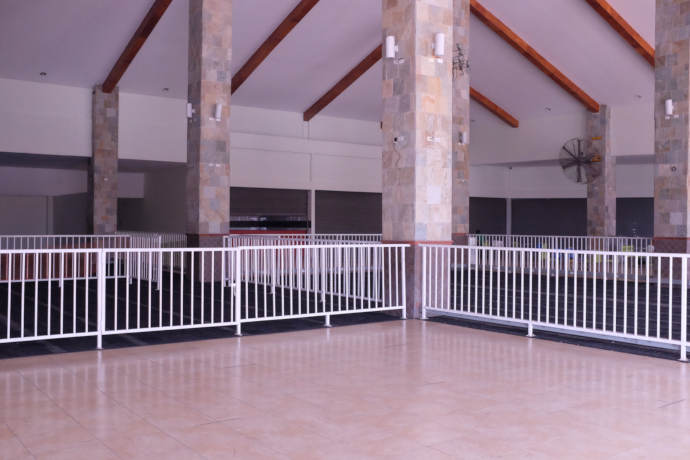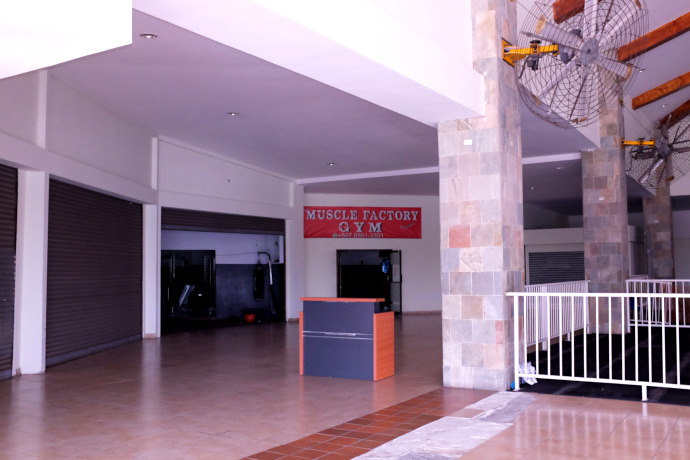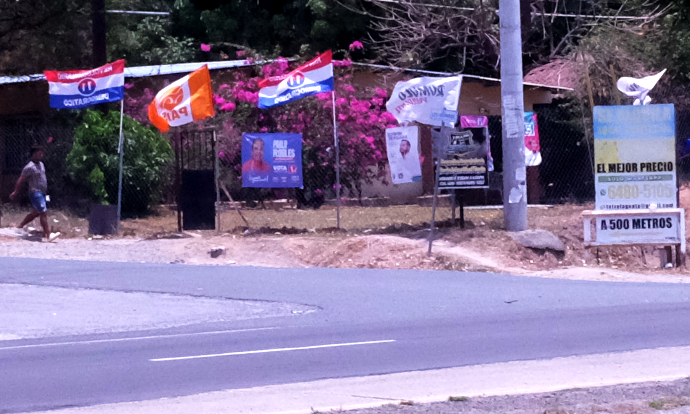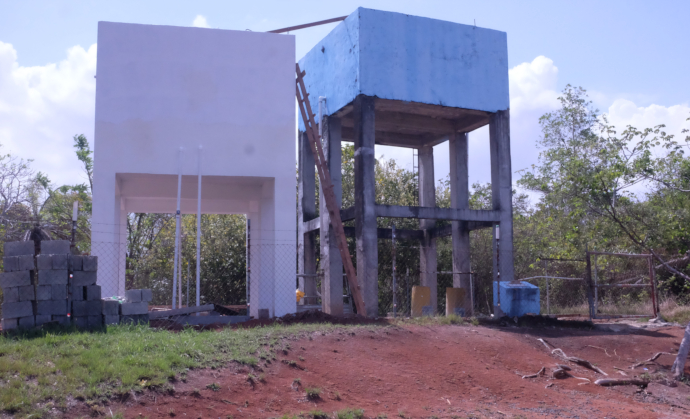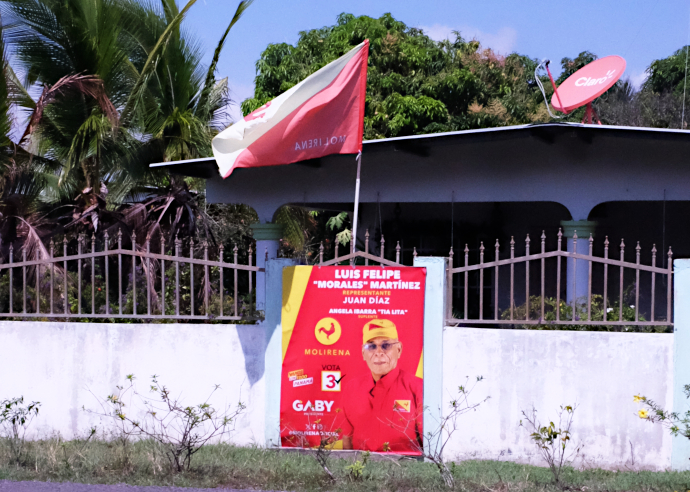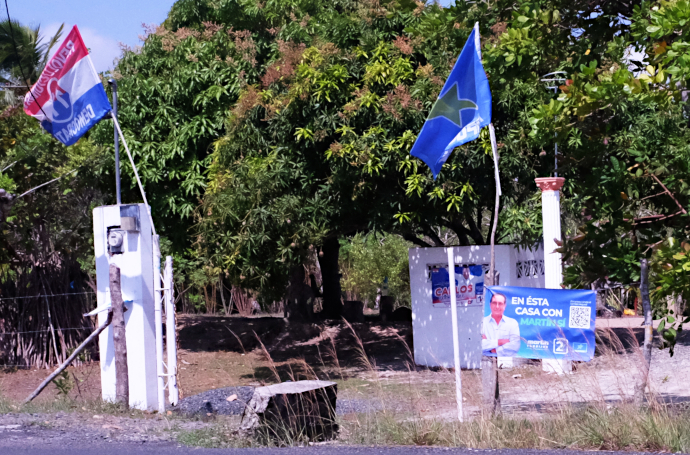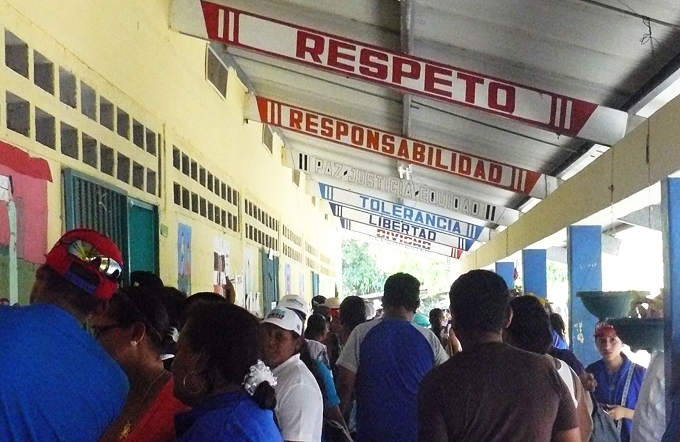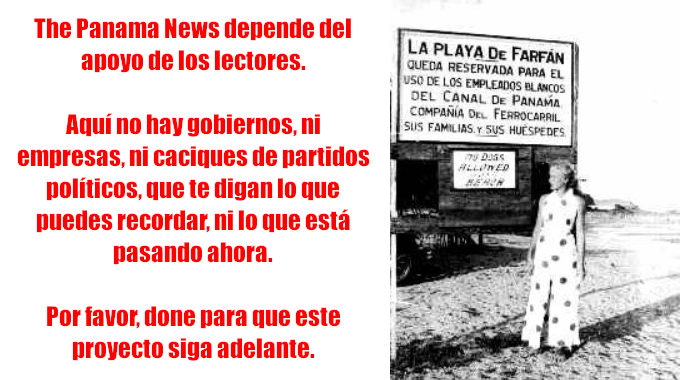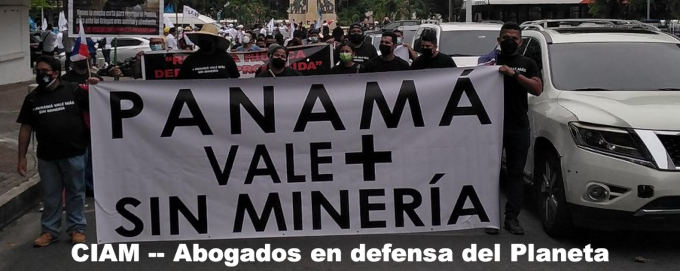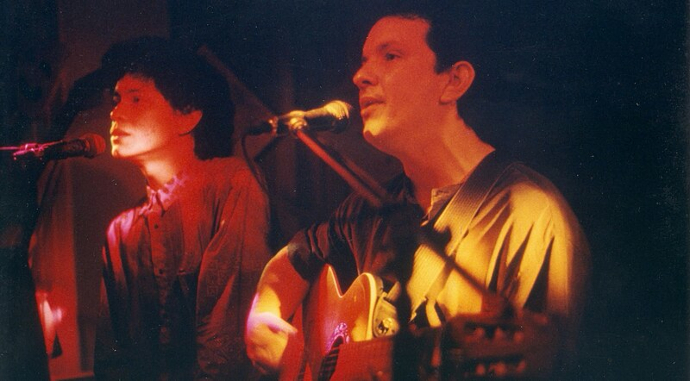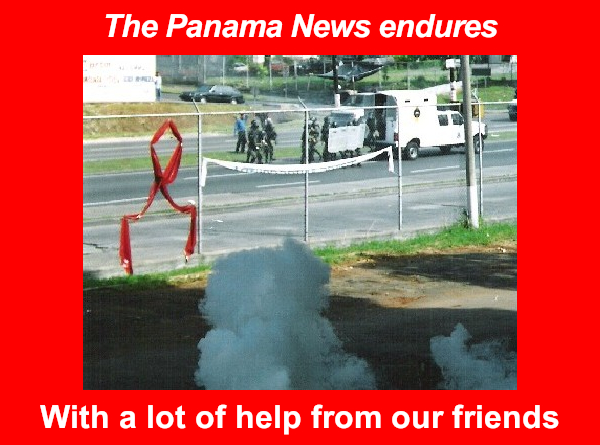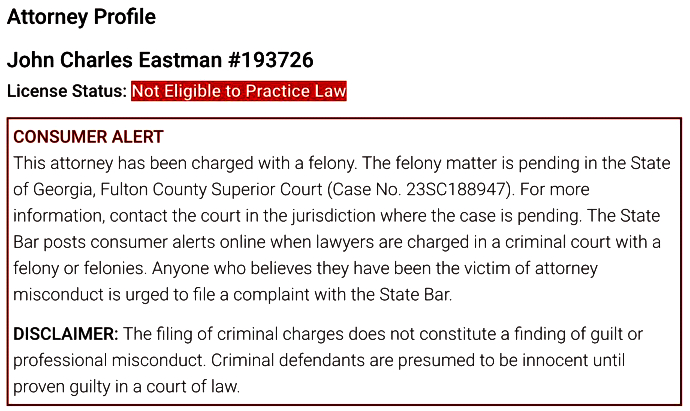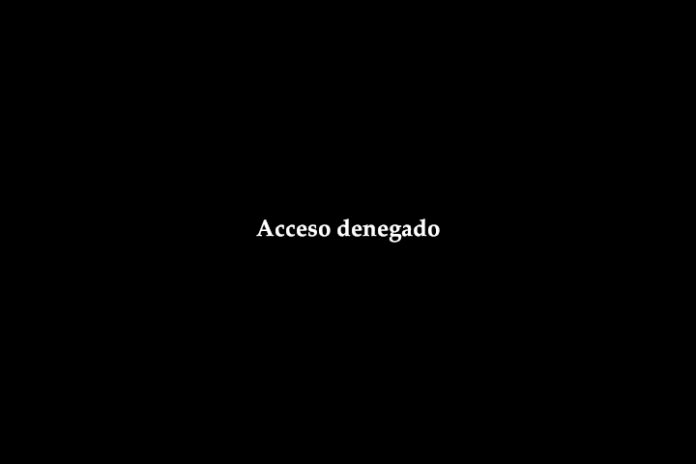The United States ought to be distancing itself from Israel’s illegal attack, but instead the Biden administration is moving to shield Israel from the consequences of its own actions. Secretary Blinken Meets With Israeli Prime Minister NetanyahuSecretary of State Antony J. Blinken meets with Israeli Prime Minister Benjamin Netanyahu in Jerusalem on January 30, 2023. US State Department photo by Ron Przysucha.
Biden must walk back from Netanyahu’s Iran trap
by Daniel Larison – Common Dreams
The United States and Israel have been raising the alarm of a possible Iranian retaliatory strike in response to last week’s Israeli attack on an Iranian diplomatic facility in Damascus. The president once again pledged “ironclad” US support for Israel in the event of an Iranian response, and the head of Central Command, Gen. Erik Kurilla, was reportedly headed to Israel Thursday to coordinate with Israeli leaders ahead of the expected strike.
The administration is moving in the wrong direction. The United States ought to be distancing itself from Israel’s illegal attack, but instead the Biden administration is moving to shield Israel from the consequences of its own actions.
Reflexive US backing for Israel has not only enabled the catastrophe unfolding in Gaza and implicated the United States in war crimes, but it has also encouraged dangerous Israeli behavior in the wider region for years.
The United States is at considerable risk of becoming involved in a direct conflict with Iran thanks to the reckless actions of the Netanyahu government and the president’s lockstep support. This does not serve legitimate US security interests. The United States cannot afford another conflict in the Middle East, and siding with Israel exposes US forces to significant unnecessary dangers. The USA is under no obligation to come to Israel’s defense if Iran retaliates against an Israeli strike, and the president has no authority to commit US forces to fight a war for another country, especially when that country is not a treaty ally.
President Joe Biden said this week that the United States would do “all we can to protect Israel’s security,” but this knee-jerk response is the wrong one under the circumstances. Why is the United States putting itself on the hook to protect a state that is more than capable of fending for itself? It is an unnecessary commitment, and it is unwise. It risks fueling a regional war that the administration has said it wants to avoid, and it rewards Netanyahu for his rogue behavior.
American troops have already come under attack because of our government’s support for the war in Gaza. The administration’s response to the war over the last six months has already been detrimental to US interests and harmful to America’s reputation. This latest commitment to protect Israel while the war in Gaza continues compounds these earlier errors and does even more damage to our country’s global image.
US intelligence has reportedly warned that an Iranian response is “imminent.” It remains unclear exactly what form Iranian retaliation might take, but it seems very unlikely that the Iranian government will choose not to answer a direct attack as brazen as this one was. The response could involve missile launches from Iranian territory, as we saw in the response to the US assassination of Qassem Soleimani in 2020, or it could be some combination of missile and drone attacks from various Iranian proxies. Whatever shape the response takes, the United States should steer clear of the ensuing conflict. The USA should not lift a finger to assist an Israeli government that went out of its way to provoke this fight.
The war in Gaza has been a wake-up call for the United States that its “ironclad” relationship with Israel is a serious liability for American interests. Jon Hoffman of the Cato Institute recently laid out the case against continuing the “special relationship” with Israel: ”A special relationship with Israel does virtually nothing for the United States while actively undermining US strategic interests and often doing violence to the values that Washington claims to stand for.” Given how little the United States benefits from this relationship, the automatic and “ironclad” commitment to Israel’s security that Biden endorses makes no sense.
Perhaps there was a time when extensive US support for Israel made some sort of strategic sense, but that time is long gone. Today this support makes the United States complicit in Israeli violations of international law, exposes Americans to intense regional hostility, and puts US forces at greater risk in exchange for very little. When the Israeli government isn’t actively undermining US diplomacy with other states in the region, it is openly ignoring Washington’s preferences and defying Washington’s requests. The USA gets all the headaches and costs that come with foreign entanglement without gaining a reliable, constructive partner.
US officials have often called the relationship with Israel “unshakeable,” and several presidents have taken pride in ensuring that there is no “daylight” between the United States and Israel in public, and that is why the relationship has become such a bad, dysfunctional one. In practice, preventing any “daylight” between our governments has meant catering to the Israeli government’s preferences at the expense of our own position. The “unshakeable” relationship has remained that way largely because the United States keeps indulging its client regardless of the consequences. It isn’t possible to have a balanced, respectful relationship with any country when the other government expects and receives such extraordinary deference. Instead, it creates a toxic relationship in which one government always takes advantage of the other.
Reflexive US backing for Israel has not only enabled the catastrophe unfolding in Gaza and implicated the United States in war crimes, but it has also encouraged dangerous Israeli behavior in the wider region for years. Unconditional US support for the war in Gaza has led the Israeli government to believe that it can keep pushing its luck with more provocative actions against other regional states as well. Now the Israeli government is potentially facing some real blowback, and the United States should want no part of it.
US and Israeli interests have been diverging for decades, but US policy has failed to keep up. The president remains wedded to a version of the relationship from the previous century with a country that no longer exists. We need to bring US policy up to date and to bring it into line with the current realities of the Middle East, and to do that the United States has to give up this idea of an “ironclad” commitment to Israel.
On the left, the main Iranian Embassy building in Damascus, to its right, the consular section building that the Israelis attacked. From the Iranian Foreign Ministry Instagram feed.
Daniel Larison is a contributing editor at Antiwar.com and former senior editor at The American Conservative magazine. He has a PhD in History from the University of Chicago. Follow his blog, Eunomia, here.
Contact us by email at thepanamanews@gmail.com
To fend off hackers, organized trolls and other online vandalism, our website comments feature is switched off. Instead, come to our Facebook page to join in the discussion.
These links are interactive — click on the boxes
>

